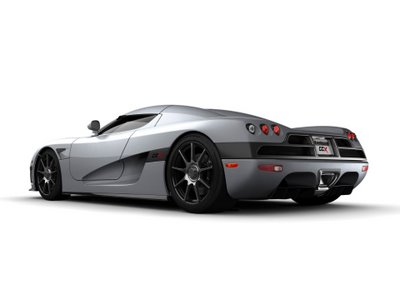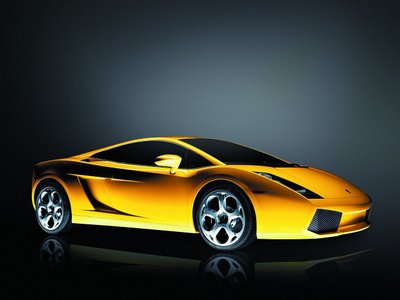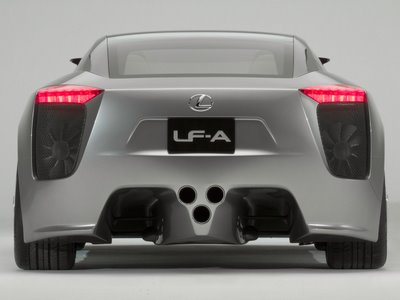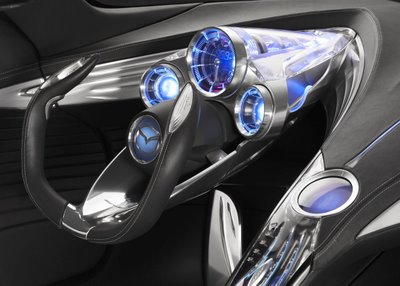Koenigsegg CCX
The Koenigsegg CCX is the latest supercar from Koenigsegg. CCX is an abbreviation for Competition Coupe X. The X commemorates the 10th anniversary of the completion and test drive of the first CC vehicle in 1996. The CCX is intended to be more suitable for the U.S. market and thus engineered to comply with US regulations. It is also the World's Fastest V8 production supercar.
Engine
The CCX is powered by a Koenigsegg designed and assembled, all aluminium, 4700 cm³ DOHC 32-valve V8 engine based on the Ford Modular architecture enhanced with twin Rotrex centrifugal superchargers with response system, 1.2 bar boost pressure and an 8.2:1 compression ratio.
Body
Two-door, two seater with removable hardtop stowable under the front hood lid. Body made of pre-impregnated carbon fibre / kevlar and lightweight sandwich reinforcements.
Chassis
Standard:
Front & rear brakes: Ø362 x 32 mm cast iron ventilated discs with 6 piston AP Racing calipers, 2 pads per disc.
Optional:
Front brakes: Ø380 x 34 mm carbon-ceramic ventilated discs with 8-piston Brembo calipers, 4 pads per disc.
Rear brakes: Ø362 x 32 mm carbon-ceramic ventilated discs with 6 piston AP Racing calipers, 2 pads per disc.
Wheels
Koenigsegg magnesium alloy wheels with centre locking.
Optional: carbon / magnesium wheels (first carbon fibre wheels on a production car.)
Front: 19" x 9.5"
Rear: 20" x 12.5"
Tires
Michelin Pilot Sport 2
Undirectional with asymmetric tread pattern.
Front: 255/35-19" (Y)
Rear: 335/30-20" (Y)
Performance
Acceleration: 0-100 km/h (0-62 mph) 3.1 seconds
Standing Quarter Mile: 9.9 seconds, 235 km/h (146 mph)
Top speed: 403 km/h (250 mph+)
Braking distance: 60 mph - 0 mph: 27.7 m (91 foot), 100 mph - 0 mph: 44.8 m (147 foot)
Transmission
Specially developed 6-speed manual gearbox by Cima. Torque sensitive, limited slip differential.
Clutch: Dual plate, Ø 215 mm (8.46 inch)
Gear ratios:
Final Drive: 3.545
1st gear: 97 mph 2nd gear: 127 mph 3rd gear: 173 mph 4th gear: 204 mph 5th gear: 228 mph 6th gear: 245 mph Reverse gear: 103 mph
Pricing
As of March 2006, pricing starts at €458,000 ($578,866 or £303,373). Fully equipped the CCX costs €510,000 ($644,589 or £337,817).
Koenigsegg CCX Video
This article is licensed under the GNU Free Documentation License. It uses material from Wikipedia and Youtube



















































